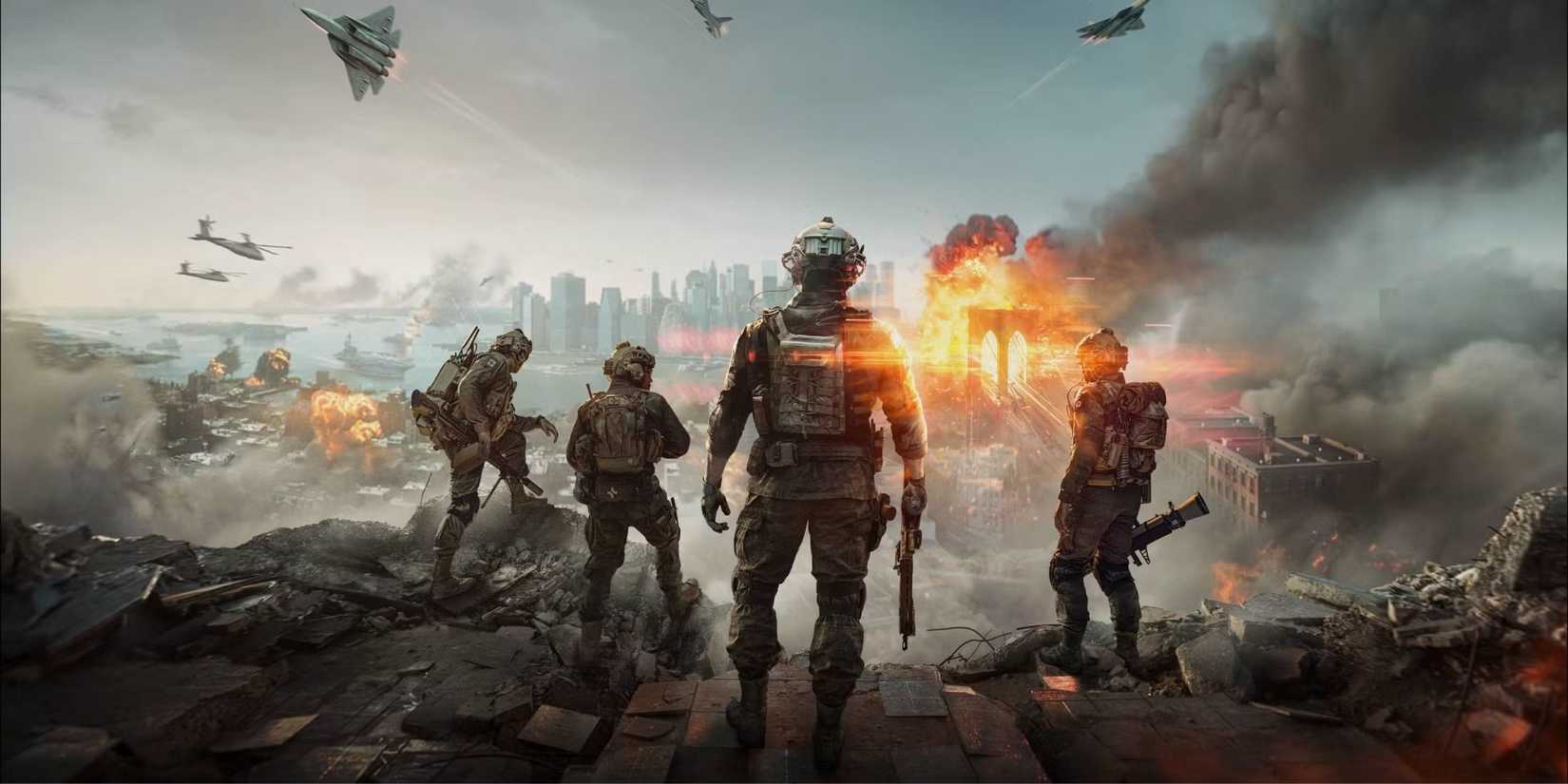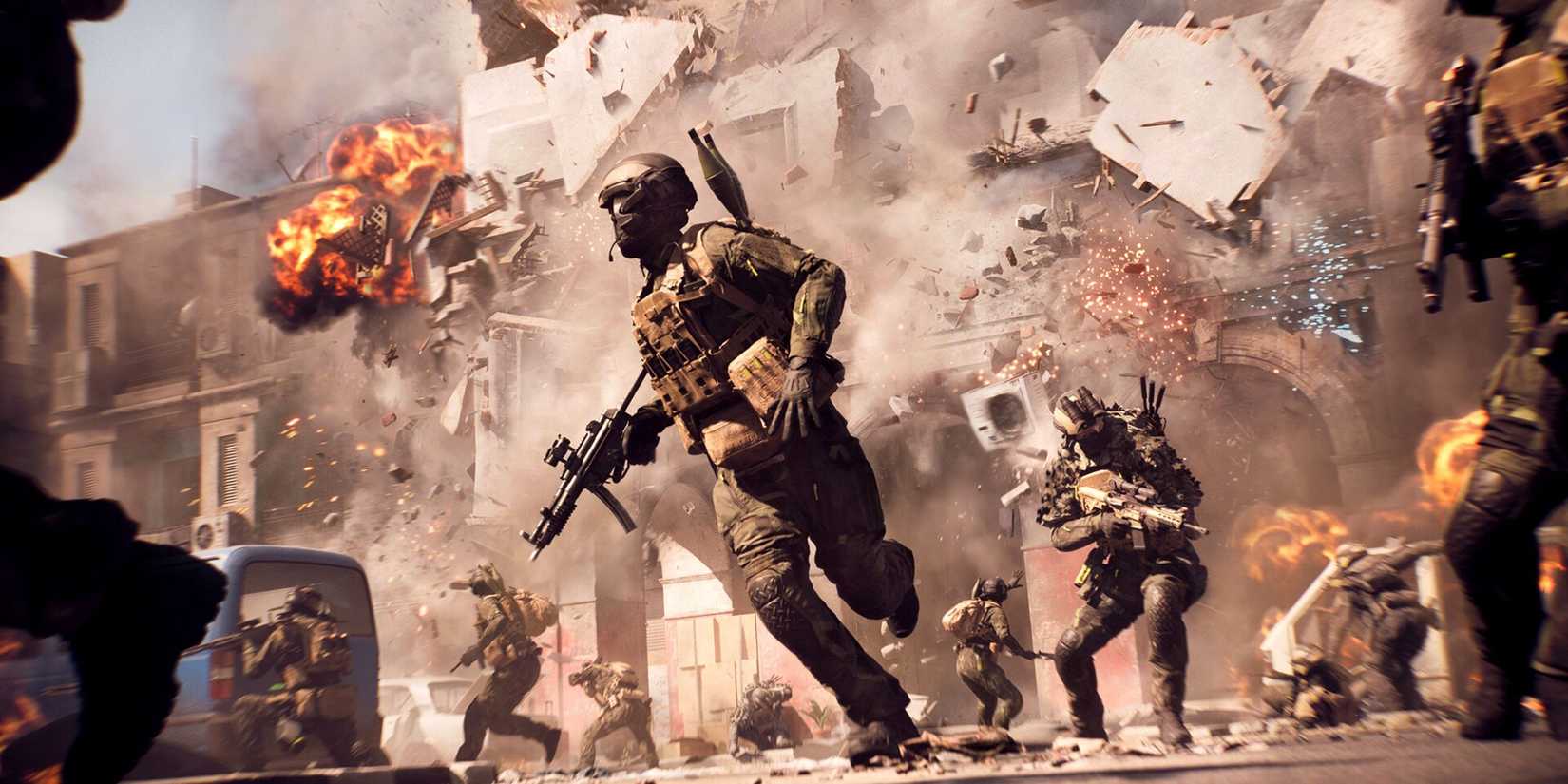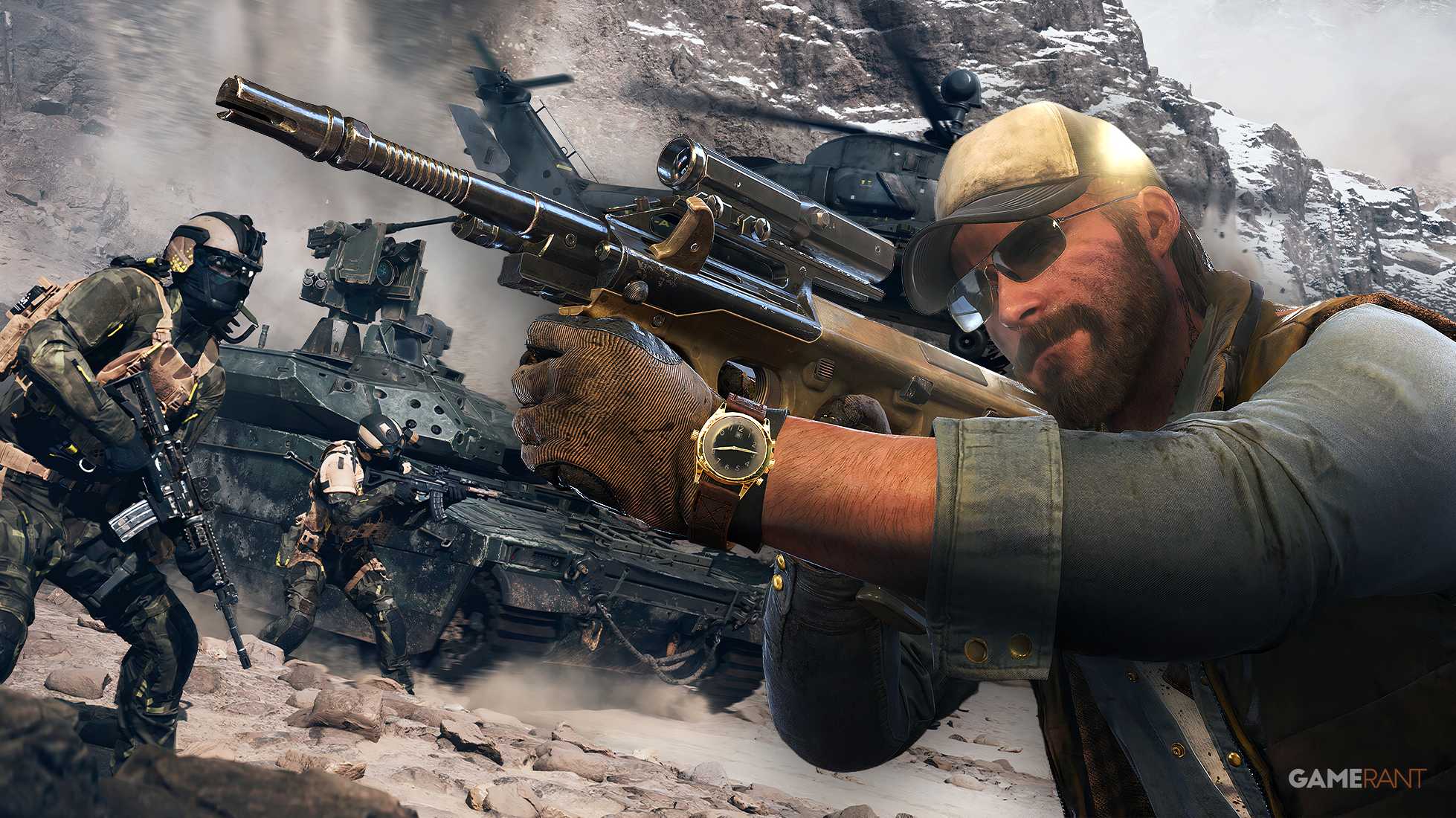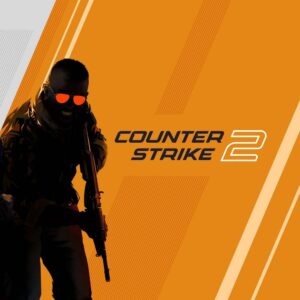Culture Shock: Why Many Call of Duty Players Struggled with the Battlefield 6 Beta
Popular Now
 Free Fire Max
Free Fire Max
 Minecraft
Minecraft
 Minecraft
Minecraft
 Rust
Rust
 Genshin Impact
Genshin Impact
 Fall Guys
Fall Guys
 Roblox
Roblox
 Warframe
Warframe
 BeamNG.drive
BeamNG.drive
 The Legend of Zelda
The Legend of Zelda
 The recent Battlefield 6 beta was a monumental event for the FPS community, drawing in millions of players and achieving record-breaking player counts on platforms like Steam. While the reception from long-time Battlefield fans was largely positive, a significant portion of the player base, particularly those coming from the fast-paced world of Call of Duty, found themselves struggling to adapt. The clash between these two gaming giants is a tale of differing design philosophies, and the beta for Battlefield 6 made it clear why many Call of Duty players found the experience disorienting and frustrating. This article will break down the key differences in gameplay and design that led to the culture shock, offering crucial insights for anyone who is looking to make the transition. This is a critical piece of FPS news that highlights the ongoing rivalry between two of the biggest franchises in the world of gaming.
The recent Battlefield 6 beta was a monumental event for the FPS community, drawing in millions of players and achieving record-breaking player counts on platforms like Steam. While the reception from long-time Battlefield fans was largely positive, a significant portion of the player base, particularly those coming from the fast-paced world of Call of Duty, found themselves struggling to adapt. The clash between these two gaming giants is a tale of differing design philosophies, and the beta for Battlefield 6 made it clear why many Call of Duty players found the experience disorienting and frustrating. This article will break down the key differences in gameplay and design that led to the culture shock, offering crucial insights for anyone who is looking to make the transition. This is a critical piece of FPS news that highlights the ongoing rivalry between two of the biggest franchises in the world of gaming.
For years, the rivalry between Call of Duty and Battlefield has been a defining feature of the FPS genre. While both games are military shooters, they offer two fundamentally different experiences. Call of Duty is a game of fast reflexes, tight corridors, and quick time-to-kill (TTK). It’s a game that rewards individual skill and a “run-and-gun” playstyle. Battlefield, on the other hand, is a game of large-scale warfare, teamwork, and tactical positioning. It’s a game that rewards strategy and coordination, and it is built around a sandbox-style experience. The beta for Battlefield 6, while trying to appeal to a wider audience, still retained these core differences, and it was a major reason why many Call of Duty players found it difficult to adapt.
The Core Differences that Caused the Struggle
1. The Pace of Combat and Time-to-Kill (TTK)
In Call of Duty, the TTK is extremely fast. A good player can eliminate an enemy in a fraction of a second, which makes every gunfight a test of reaction time and aim. This fast pace encourages aggressive, high-risk, high-reward plays. In the Battlefield 6 beta, the TTK was more forgiving. While the game still had a relatively fast TTK, it was not as instant as in Call of Duty, and it was also less consistent. Many players reported a “super bullet” bug, where some shots would kill instantly, while others would feel like they were a “mag dump.” This inconsistency, combined with the slightly slower pace, left many Call of Duty players feeling like their shots weren’t registering, which led to frustration. The game is simply not designed for the same kind of “go, go, go” mentality that is rewarded in Call of Duty.
 2. Map Design and Player Movement
2. Map Design and Player Movement
Call of Duty maps are often designed as “three-lane” corridors with a focus on close-quarters combat. This design philosophy encourages constant engagement and minimizes downtime. In the Battlefield 6 beta, the maps were a major point of contention. While they were larger than Call of Duty maps, many felt too constrained and scripted. The maps often felt like “corridors and curated kill boxes,” with large portions of the playable area being blocked off. For Call of Duty players, this was a difficult adjustment. They were used to the constant action of a Call of Duty map, and the more open, tactical spaces of Battlefield often felt slow and empty. The lack of a proper server browser also made it difficult for players to find a server that was a good fit for their playstyle, which led to many players being stuck in a “meat grinder” of a map without the freedom to flank or use vehicles.
Additionally, the movement system in Battlefield 6 felt very different from Call of Duty. While Call of Duty is known for its fast, fluid movement, the movement in Battlefield 6 felt more deliberate and clunky. The sliding and “bunny hopping” were toned down, which made it difficult for Call of Duty players to use their signature movement techniques to gain an advantage. This difference in movement philosophy is a key part of the culture shock, as Battlefield is a game that is not built around a single player’s ability to “out-move” their opponent. It is a game that is built around a team’s ability to work together and control the map.
3. The Class System and Team Play
In Call of Duty, the focus is on the individual. The game’s progression system is tied to the player’s personal performance, and a single player can often carry a team. Battlefield is a game that is built around a class system, with each class having a specific role to play. The return of the class system in Battlefield 6 was a welcome change for long-time fans, but it was a difficult adjustment for Call of Duty players. They were used to a system where they could use any weapon and be a “lone wolf,” and the idea of being a support player or an engineer was a foreign concept. The lack of a proper squad system and the absence of a server browser also made it difficult for players to find and stick with a good squad, which further discouraged team play.
 The differences between the two franchises are a testament to their unique design philosophies. While Call of Duty is a game that is built for the individual, Battlefield is a game that is built for the team. The beta for Battlefield 6 was a clear reminder of this, and it was a major reason why many Call of Duty players struggled to adapt. The good news is that the developers have promised to make a number of changes before the game’s full release, including the addition of larger, more open maps and a more robust server browser. With these changes, the game may be able to bridge the gap between the two communities and offer a truly unique experience for all FPS fans.
The differences between the two franchises are a testament to their unique design philosophies. While Call of Duty is a game that is built for the individual, Battlefield is a game that is built for the team. The beta for Battlefield 6 was a clear reminder of this, and it was a major reason why many Call of Duty players struggled to adapt. The good news is that the developers have promised to make a number of changes before the game’s full release, including the addition of larger, more open maps and a more robust server browser. With these changes, the game may be able to bridge the gap between the two communities and offer a truly unique experience for all FPS fans.










